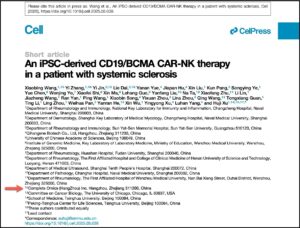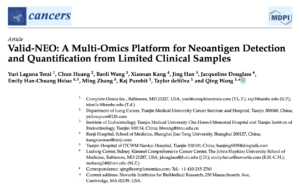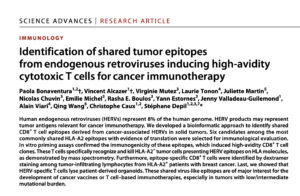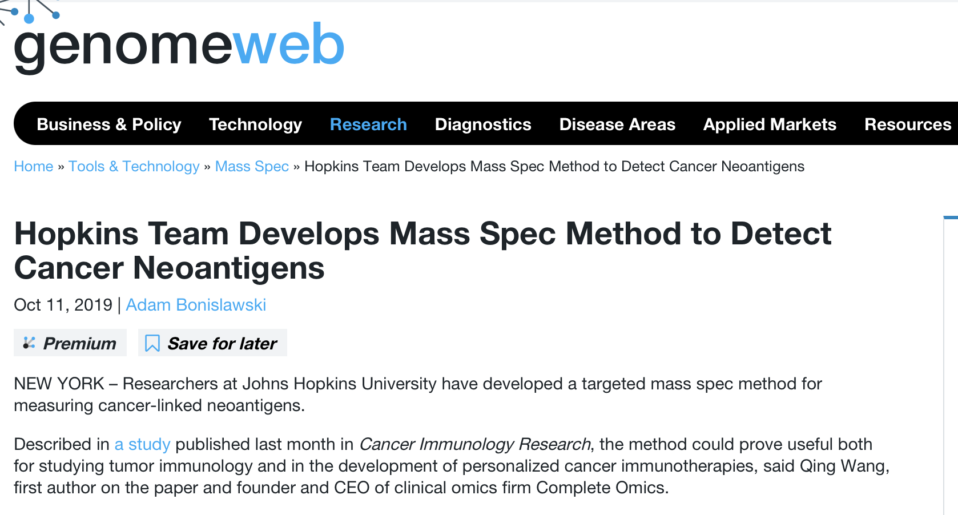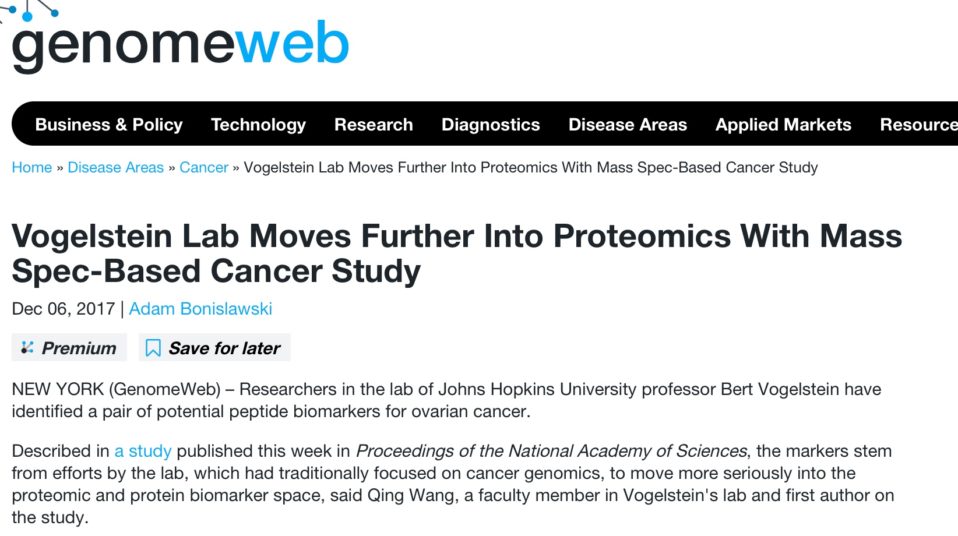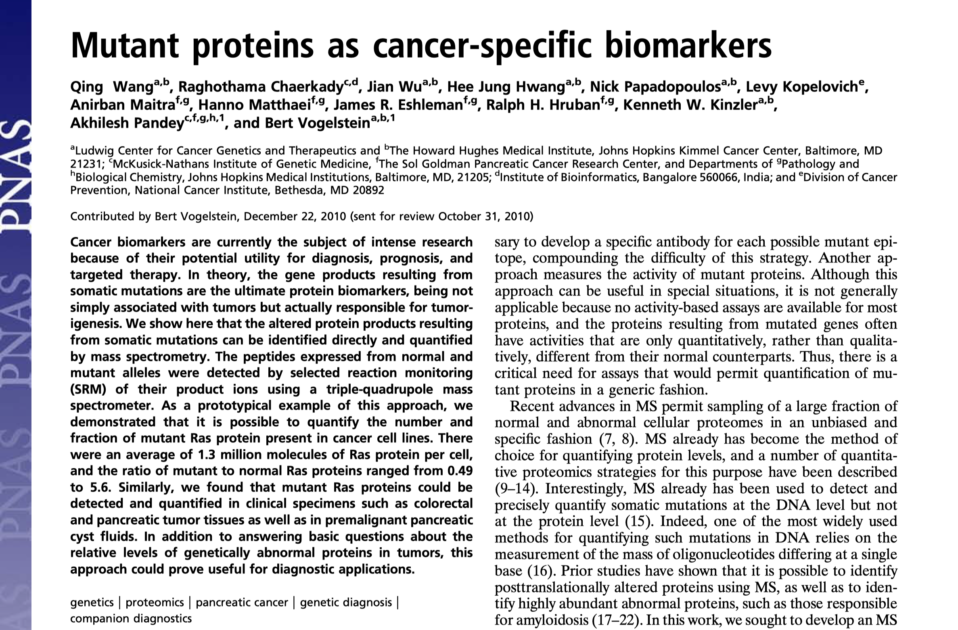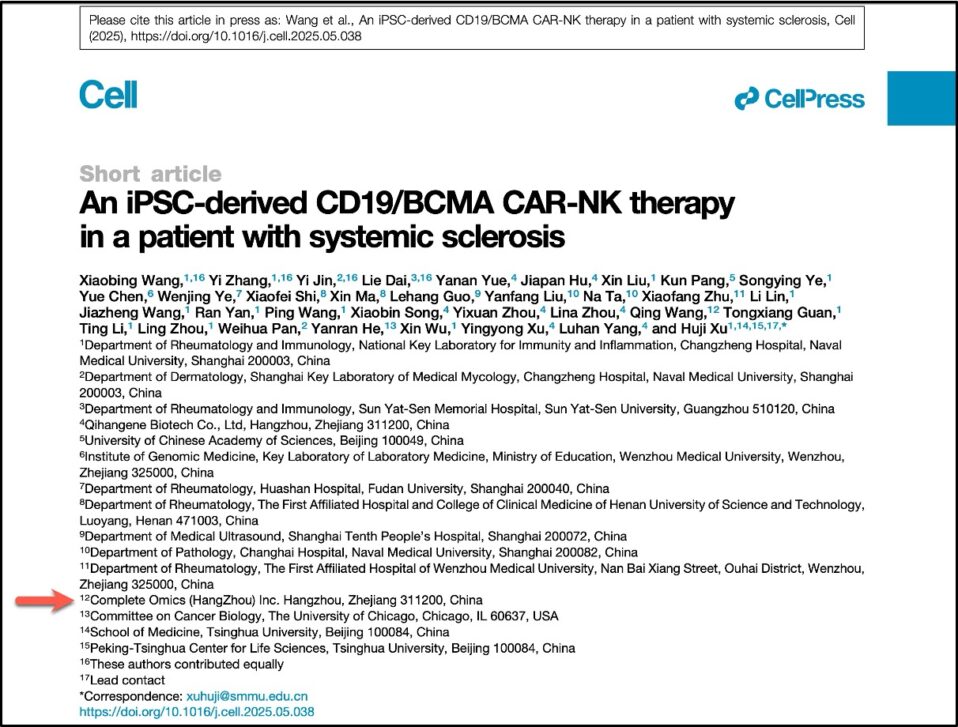Complete Omics Inc. (official website) – For years, personalized cancer therapeutics has been an ultimate goal for all cancer patients and doctors. Healthcare providers and scientists working across the biopharmaceutical industry have been tirelessly committed to bringing to patients more and more, better and better, personalized cancer therapeutic approaches.
Complete Omics has been a pioneer in multi-omics molecular diagnostics since founded and we are humbled and excited to share with you two of the milestones in personalized cancer diagnostics and treatment through our multi-omics platform that we have published on Science Immunology and Science.


